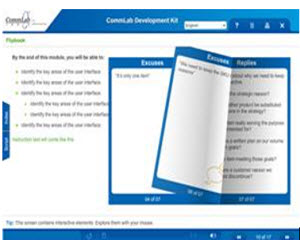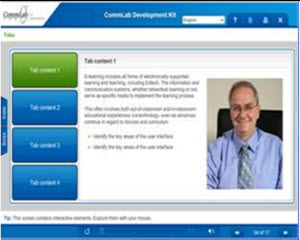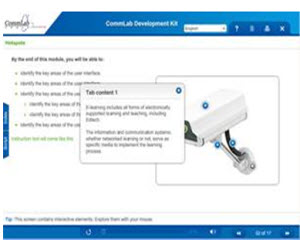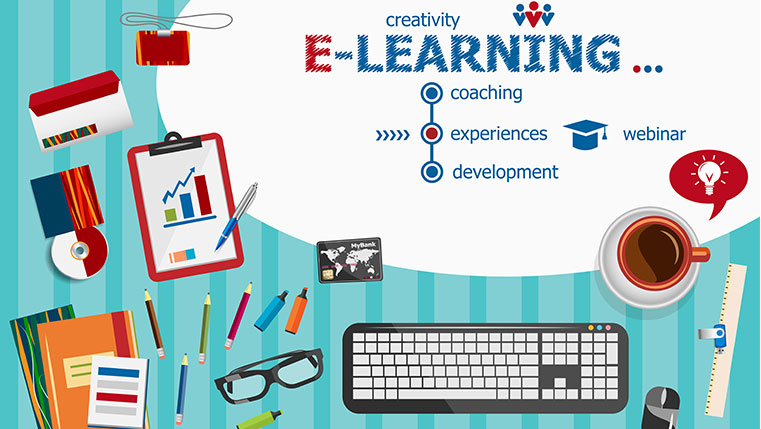Four Fabulous Phases for Designing an Effective eLearning Course

Do you get stuck while designing an eLearning course? Do you think having a process for designing a course would help you to a great extent? If yes is the answer to one of these questions, then M. David Merrill’s Principles of Instruction will solve your concerns for designing and development of an excellent eLearning course. Learning, be it of any kind, is a continuous process and has steps to be followed. Even if one step is missed, the teaching as well as learning chain is broken.
According to him, there are four phases that constitute the complete process of designing of an an effective eLearning course.
→ Download eBook- Making a Business Case for eLearning [eBook]
Activation:
This is the first phase that allows learners to recollect what they already know. Having prior knowledge on a subject creates curiosity among learners to know more about it. An instructional designer must use effective instructional design strategies to ensure that learners are ready to take up the new course. Learners must be able to recall and relate something that they already know to what they are going to learn. This creates a strong basis for the new knowledge that they are going to acquire.
For one of our reputed clients, a leading automotive components conglomerate in India, we have done an eLearning course on Supply Chain Management. In this course, we used a scenario at the beginning where the operations head addresses the stores head, materials head and manufacturing head regarding variance in the periodic physical inventory. Each one of them gives their opinion and ideas on this matter. And then the actual inventory management course begins. By doing this, the operations head was able to invoke the prior knowledge of the different heads of the department about inventory management.
Demonstration
This is the key step where an instructional designer’s creativity comes into picture. The course must never try to cover too much matter. The information must be chunked very carefully without missing the important points. Following instructional design principles, content should be delivered clearly, concisely, and through engaging methods.
Here are some effective ways to demonstrate

eLearning Trends for 2024
Seal the Deal with Success
- Training Formats for Upskilling and Reskilling
- Popular AI Tools for L&D
- Mastering the New-Age Learning Formats
- And More!
- User-friendly interactivities
- Rich use of image, illustrations and graphics
- Ample examples and non-examples
Shown below are few screenshots on how interactivities can be used in demonstration phases.
1. Flipbook

2. Click on tabs

3. Rollovers

Application:
“Tell me and I forget, teach me and I remember, involve me and I learn” are the rightly said word by Benjamin Franklin. Learning can happen only when learners are involved in it. Presenting scenarios and situations will aid the learners think, to what areas their new skills will apply. Making learners practice what they have learnt is the best way to apply a recently acquired knowledge.
It is human tendency to learn from one’s own mistakes. An instruction designer must allow learners to make mistakes. For example, small activities and assessments can be provided between two topics. This will enable learners to check their progress. Providing feedback at every stage reinforces learning.
Integration:
This phase integrates all the above three phases. Learning is incomplete if learners do not start using their newly acquired skills and knowledge in day-to-day activities. Employees must quickly get motivated and incorporate everything that they have learnt in the above three phases.This will benefit the individuals as well the organizations they work for.
All these four fabulous phases mentioned by Merrill go hand in hand and are interrelated and form the backbone of effective instructional design. Following them will help an instructional designer to design a wonderful and effective eLearning course!





